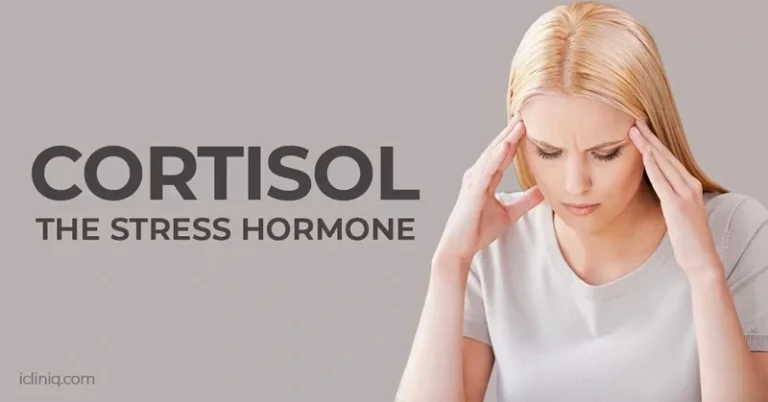Shingles: Causes, Symptoms, and Treatment Methods
Let me inform you about shingles. Shingles is a disease caused by a viral infection, known mainly for neuralgia and skin rashes. The cause is the same varicella-zoster virus as chickenpox. Once infected, the virus remains in the body for life and can be reactivated due to stress or a decrease in immunity. The main symptoms of shingles are pain and skin rash.
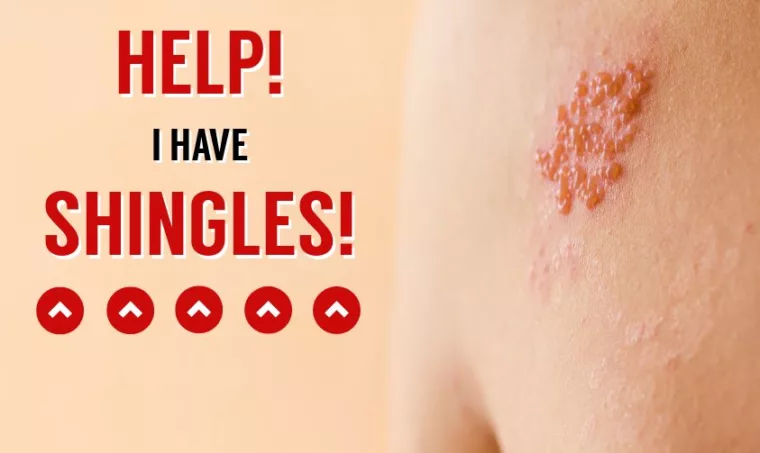
What is Shingles?
Shingles is a skin condition caused by a virus, mainly by the herpes virus. This virus causes blisters and is characterized by distribution along the nerves. Shingles is also commonly known as “herpes zoster,” accompanying specific area pain and rash.
Cause: The Culprit Behind Shingles
The main culprit behind shingles is the chickenpox, varicella-zoster virus. Once infected, the virus stays in our body for life and can reactivate in situations of decreased immunity or stress. At this time, the virus moves along the nerves, causing symptoms of shingles.
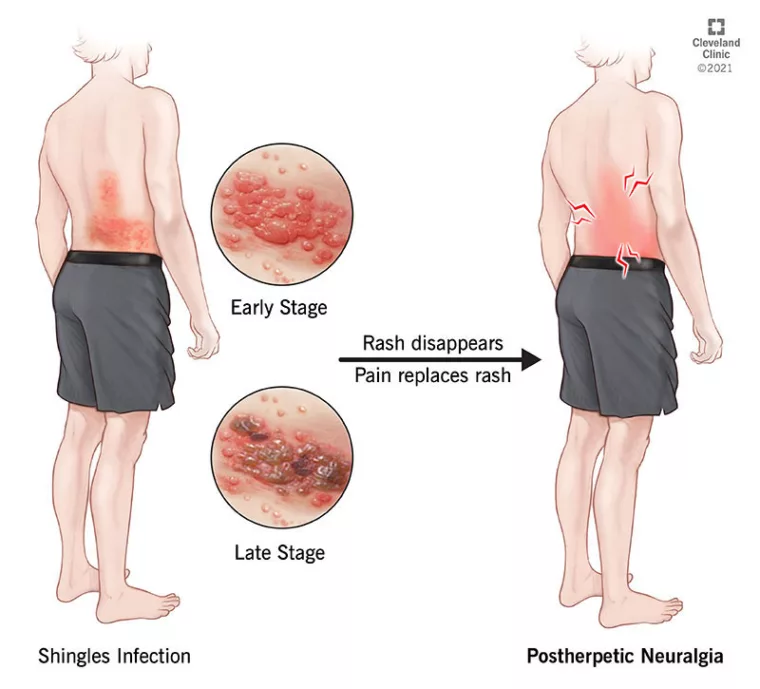
Recognizing Early Symptoms
The early symptoms of shingles mainly appear as pain and rash. The pain starts in a specific area and spreads along the nerves, while the rash appears in the form of blisters. These early symptoms, often overlooked in children or adolescents, can become more painful in middle age and beyond.
Diagnosing Shingles: Necessary
Tests and Procedures The diagnosis of shingles is primarily through medical consultation and symptom recognition. The doctor checks the appearance of the rash and symptoms and understands the patient’s medical history and symptom progression. Sometimes, virus testing or blood tests may also be necessary.
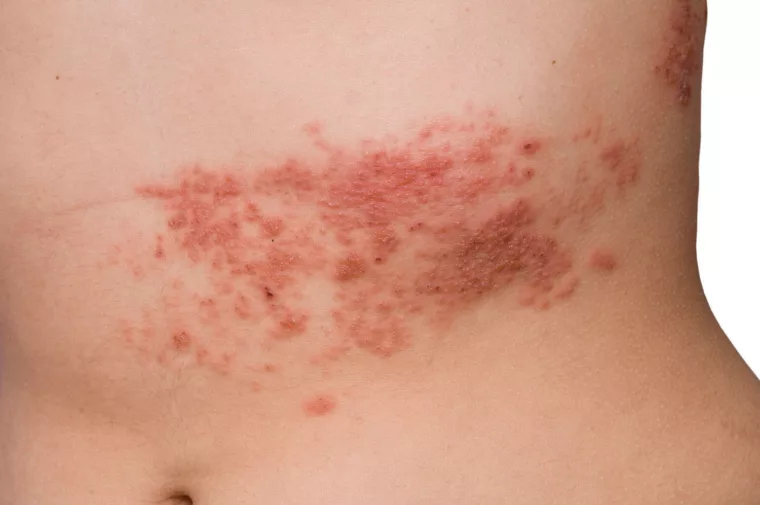
The General Progression of Shingles
Shingles generally progress over a few weeks and goes through the following stages:
- Rash phase: Pain begins along with the rash.
- Blister phase: Blisters form on the rash area and fill with fluid.
- Localization phase: The fluid dries up, causing the blisters to localize and fall off.
- Healing phase: The skin heals, and scars may remain on the rash area.
Treatment Options: Medication and Alternative Therapies The treatment for shingles primarily consists of medication and alternative therapies. Medications include antiviral agents and analgesics, while alternative therapies like heat treatments can help alleviate pain.
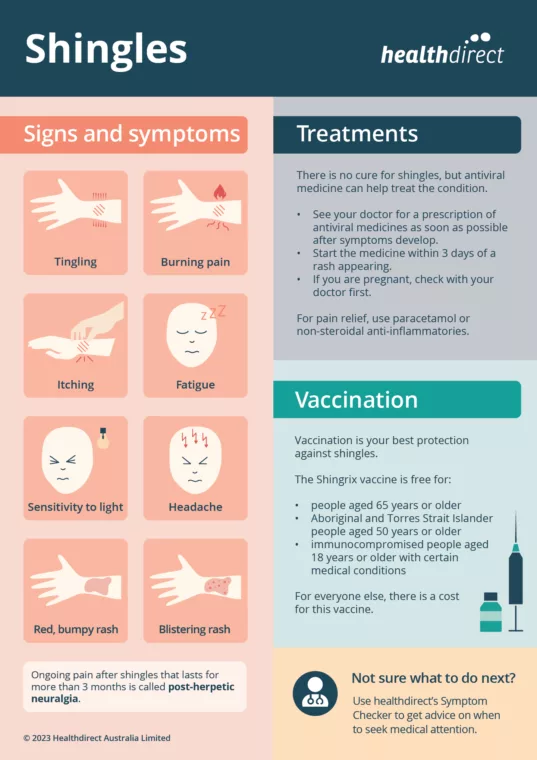
Management and Precautions in Daily Life
Patients with shingles should follow a few precautions.
First, keep the rash area clean. Second, if the pain is severe, take appropriate medication to relieve it. Third, to prevent infection, avoid contact with others around the blistered area.
Complications: Awareness and Preparation
Shingles can lead to complications, so it’s important to be aware and prepared. For example, if shingles affects the eye, it can cause keratitis. Additionally, if neuralgia persists, it can lead to issues with smell, vision, and balance.
This disease can cause several complications even after recovery. The main complications of shingles include:
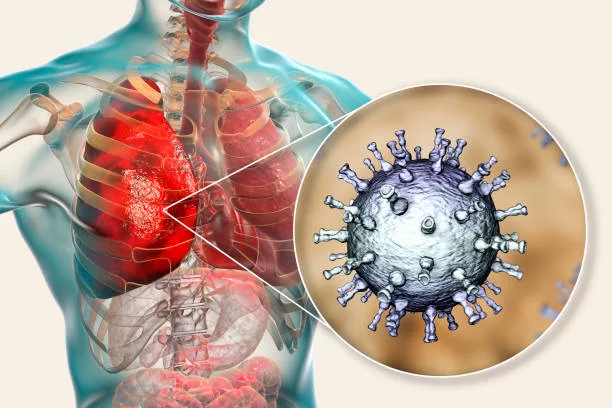
Postherpetic Neuralgia (PHN): This is the most common complication, a nerve pain that can persist even after the shingles rash has healed. The pain can last for months or even years, and can significantly impact daily life.
Infection: The skin with the shingles rash can become infected with bacteria, leading to more serious skin infections.
Vision Problems: If shingles occur around the eyes, it can cause eye diseases such as keratitis and conjunctivitis, and in severe cases, it can lead to vision loss.
Hearing Problems: Shingles occurring around the ears can cause hearing loss or issues such as tinnitus.
Motor Disorders: If the shingles virus infects certain nerves, it can lead to weakness or paralysis of the muscles controlled by those nerves.
Encephalitis (inflammation of the brain): Although very rare, the shingles virus can affect the central nervous system and cause encephalitis.
Spread of Skin Infection: In people with weakened immune systems, the shingles virus can spread over a wide area of the skin, causing life-threatening infections.
Preventive Measures: Vaccination and Precautions
Vaccination is important for preventing shingles. The shingles vaccine helps suppress the activity of the virus and prevent the onset of shingles. Elderly people and patients with weakened immunity should be particularly cautious.
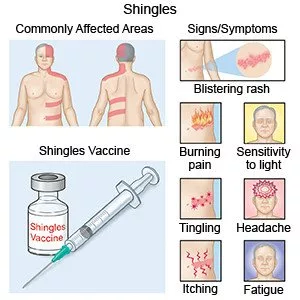
Frequently Asked Questions About Shingles
- Is shingles contagious?
- Yes, shingles can be transmitted through the virus.
- Can you get shingles again after having it once?
- People who have had shingles can get it again, though it’s not common.
- Who should get the shingles vaccine?
- Mainly adults over 50 and patients with weakened immune systems should get the shingles vaccine.
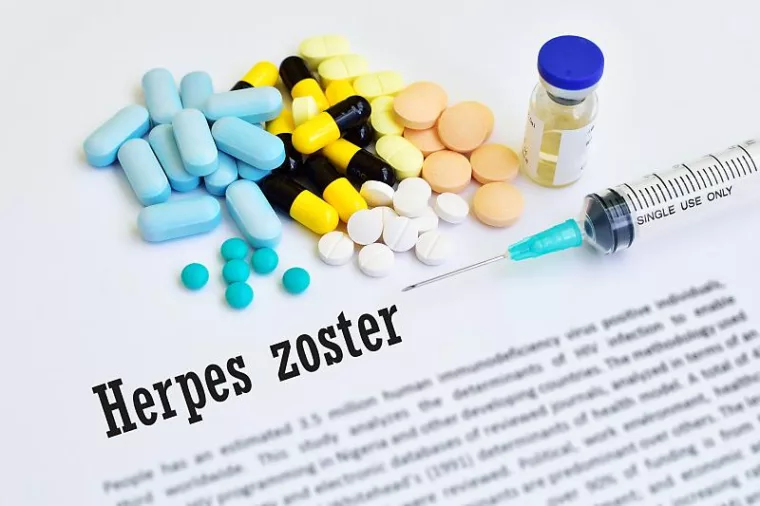
This comprehensively covers information on shingles, a condition with relatively diverse symptoms and the potential for serious complications. Therefore, recognizing early symptoms, obtaining prompt diagnosis and treatment, and following preventive measures like vaccination and management precautions in daily life are crucial. Always maintain a habit of being attentive and caring for your health.

